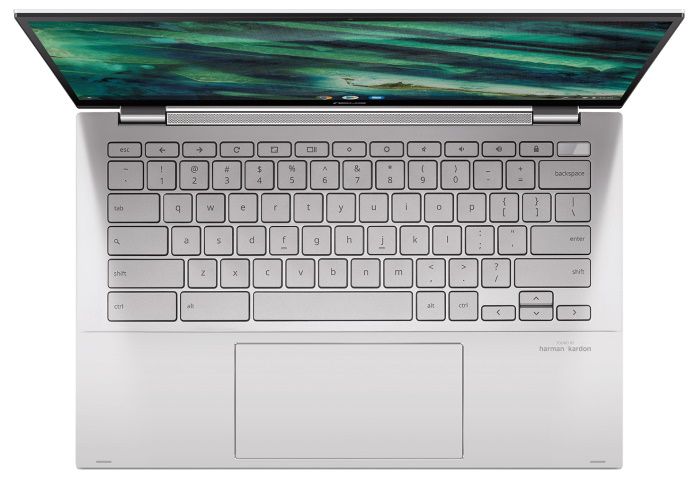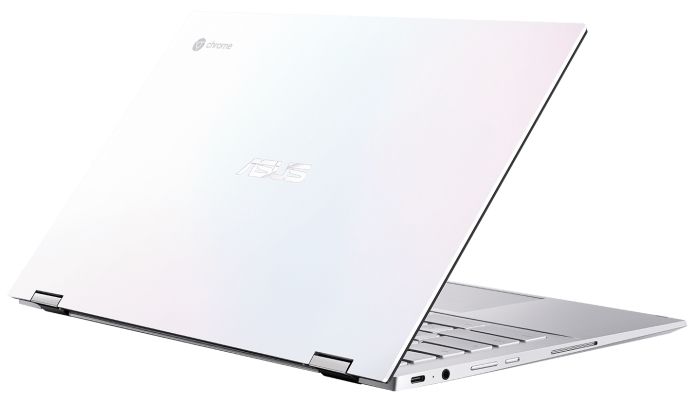Realme has been parkouring through an otherwise declining smartphone industry. It rose to popularity with phones that offer excellent value for money, achieving this by downplaying profit margins even below what Xiaomi claims to operate at. Realme’s multi-fold growth over the last year shows that the brand is getting a lot of attention in markets around the world while their portfolio has evolved significantly from just being about mid-range phones to having an entire army of choices in every price segment. The company wrapped the year up on a high note by launching the gaming-centric Realme X2 (our gaming review), the flagship killer Realme X2 Pro (our review), and their ticket to the lifestyle product market i.e. a pair of truly wireless stereo earbuds. Today, Realme is announcing their first 5G powered phone – Realme X50 5G with a hole-punch display, quad cameras, and more.
Realme has been spilling beans on the Realme X50 5G officially for more than a month now. In a series of teasers, the company revealed key specifications about the smartphone including sweeping revelations about its design and its processor. Meanwhile, a recent listing on the website of the Chinese regulator TENAA also disclosed many details about the smartphone, all of which have been confirmed with the official announcement.


The Realme X50 comes with a 6.57-inch LCD display with a high refresh rate of 120Hz, which is a major leap from the 90Hz it launched on the Realme X2 Pro. The display also features a hole-punch design, allocating space on the top left for two selfie cameras. It has a 20:9 aspect ratio and is protected by 5th Gorilla Glass. Additionally, there’s a side-mounted fingerprint scanner just like the Redmi K30 5G.


Realme X50 comes in two colors inspired by ice as well as seawater. Both the color variants come with a 3D holographic back design that changes color with the intensity of the light falling on it.
When it comes to 5G support, the onboard Qualcomm Snapdragon 765G mobile platform enables support for non-standalone (NSA) as well as standalone (SA) 5G networks.


Realme projects 5G as an essential factor for online smartphone gaming and besides the new chipset, Realme is also partnering with NetEase Cloud Games, a company that offers cloud-based mobile games that can be played through a single app without downloading each game separately. Currently, its portfolio mostly has mobile games but its website has a section for PC games, suggesting we might see a service similar to Google’s Stadia in the future.
Further, The company has also upgraded its Game Boost feature to improve gaming which will also synchronize GPU rendering with the refresh rate of the display to prevent any jank or jitter while gaming. Additionally, there’s an 8mm copper conduit for conducting the heat away from the motherboard.

When it comes to the cameras on Realme X50 5G, Realme has been teasing the quad-camera setup. The TENAA listing also revealed the resolution of the various sensors but the official announcement clarifies the purpose of each of them. There’s a 64MP Samsung ISOCELL Bright GW1 as the primary sensor, a 12MP telephoto camera with 2X zoom, an 8MP wide-angle camera, and a 2MP camera intended for macro photography. The camera also comes with an advanced Night mode and support for RAW photography. The dual cameras on the front include a 16MP Sony IMX471 primary sensor and an 8MP wide-angle sensor.
There’s 30W VOOC 4.0 charging for the 4,200mAh battery on the Realme X50 5G. This helps the battery charge 70% in just about 30 minutes.
The Realme X50 comes in three variants – 8GB/128GB, 6GB/256GB, 12GB/256GB. The RAM/storage configurations appear unusual but the pricing confirms that this is intentional.
Realme X50 5G Master Edition


Realme has once again partnered with Japanese industrial designer Naota Fukusawa who had previously designed the Master Editions for the Realme X and Realme X2 Pro. This time, the design master drew his inspiration from the reflection of light on smooth metal surfaces. There are two new variants in the Realme X50 5G’s Master Edition – one has a grid of strips replicating a gradient from bright to dark metal surfaces, changing the brightness with the angle of the incident light, whereas the other is made up of a grid of discs with accentuated concentric circles on each that make each disc look like a vinyl.
Realme UI
Realme also announced its new Realme UI, which is based on parent OPPO ‘s ColorOS 7. On stage, the company’s marketing head Xu QI Chase said that the icons have been redesigned keeping uniformity of shape in mind. The principle of the Golden Ratio (based on Fibonacci Series) has been used to place key visual elements along the grid on the icon.

Realme UI features (translated using Google Lens)
Realme UI is based on Android 10 and also comes with new apps such as Realme Pay. Additionally, Realme claims that the app launch speeds have been increased by about 25%, battery life by 10%, and gaming performance by 20%. Furthermore, the touch response time has been cut down by 35%.

Realme Focus Mode
Additionally, Realme UI also comes with a Focus Mode that should help you disconnect from the digital world and reconnect with the physical world.
Realme X50 5G is the first smartphone from the company to come with Realme UI out-of-the-box. Other phones are expected to receive this with the coming Android 10 updates.
Realme IoT Ecosystem
After projecting itself as a lifestyle brand, Realme is ready to launch its own ecosystem of AI-powered IoT devices. In the coming months, Realme will launch a smart TV, wearables, and some more audio products – potentially with its own AI assistant built-in.
Realme Buds Air Special Edition

The Realme Buds Air TWS earbuds have already been announced by the company but the China launch saw a special color variant of the Realme Buds Air case. This includes what looks like a rubberized finish along with Realme’s “R/r” logos sprinkled around the entire surface. The case also has a loop so that you can attach it to, perhaps, a keychain.
Price & Availability
The three variants of the Realme X50 5G are priced as follows:
- 8GB/128GB – CNY 2499 (~$360)
- 6GB/256GB – CNY 2699 (~$390)
- 12GB/256GB – CNY 2999 (~$430)
- 12GB/256GB Master Edition – CNY 3099 (~$450)
The Realme Buds Air earbuds have been priced at CNY 399 (~$60) but will be initially available for CNY 369 (~$55).
The Realme X50 5G will be available for pre-booking via various online channels starting today i.e. January 7th and will go on sale starting January 14th.
The post Realme X50 5G with a 120Hz dual hole-punch display, Snapdragon 765G, Realme UI launches in China appeared first on xda-developers.
from xda-developers https://ift.tt/35xaE72
via IFTTT











 i7-10510U Processor
i7-10510U Processor